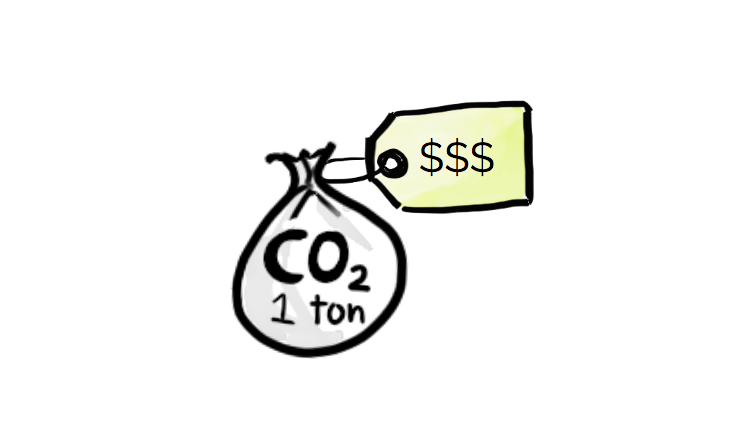Yes, we definitely think that you can call yourself climate neutral!
If you want to make it a little more complicated, for companies there are standards that regulate the requirements for what is considered being climate-neutral (PAS 2060 and ISO 14021), but in the case of individuals, there are no similar standards that we know of. This means that there may be different opinions of what it takes for a person to be considered climate neutral.

In theory climate neutrality is when the difference between the emissions you cause and the emissions that you prevent from reaching the atmosphere is zero. The challenge with this is partly to calculate the exact carbon footprint for an individual, and also to find ways to reliably prevent emissions from reaching the atmosphere or remove emissions from the atmosphere.
When it comes to measuring your own climate footprint, there are very advanced methods to do this. We have chosen a simple estimate to make it as easy as possible for you to start doing something about climate change without having to spend a lot of time in carbon dioxide calculators where you need to enter exact air mileage, kWh consumption etc.
There are many advanced calculators freely available on the internet that provide more accurate estimates such as http://footprint.wwf.org.uk and http://www.carbonfootprint.com/calculator.aspx. What all calculators have in common is that they are based on estimates and generalizations, which in turn means that the value you get is approximate. For example, the calculators does not take into account if you have built a new house last year and thus caused large emissions in the form of building materials, or if you only use very fuel efficient airplanes when you fly. The calculators also do not take into account the exact emissions caused by the manufacture of the batteries for your electric car nor if your car has been bought new or second hand, if you charge it with renewable energy at home and with fossil based energy at work. The reason is that such a calculator would be extremely complex and time consuming to use – and yet not perfect.
So are there measurable and good ways to remove emissions from the atmosphere or measurable and good ways to prevent emissions to be released in the atmosphere? Yes there are! We have chosen to invest in CDM and Gold Standard-certified climate projects, and you can read more om how that works here: Does climate offsetting really make a difference?.
Is it then impossible to consider one self as climate neutral since you cannot calculate your exact carbon footprint? Well, we believe it’s still possible. To ensure that our users are climate neutral, as far as we can, our profiles are designed to compensate for more than twice as much as the overall impact of your lifestyle while doing everything we can to ensure the reliability of the projects. This way there is a buffer that compensates for miscalculations of your emissions and for risks in the projects we invest in. With a two-fold compensation, we should be on the safe side, and most likely even be climate-positive.
So to answer the question again, yes, we definitely think that you can call yourself climate neutral!
If you want to know more, go to GoClimate.org



